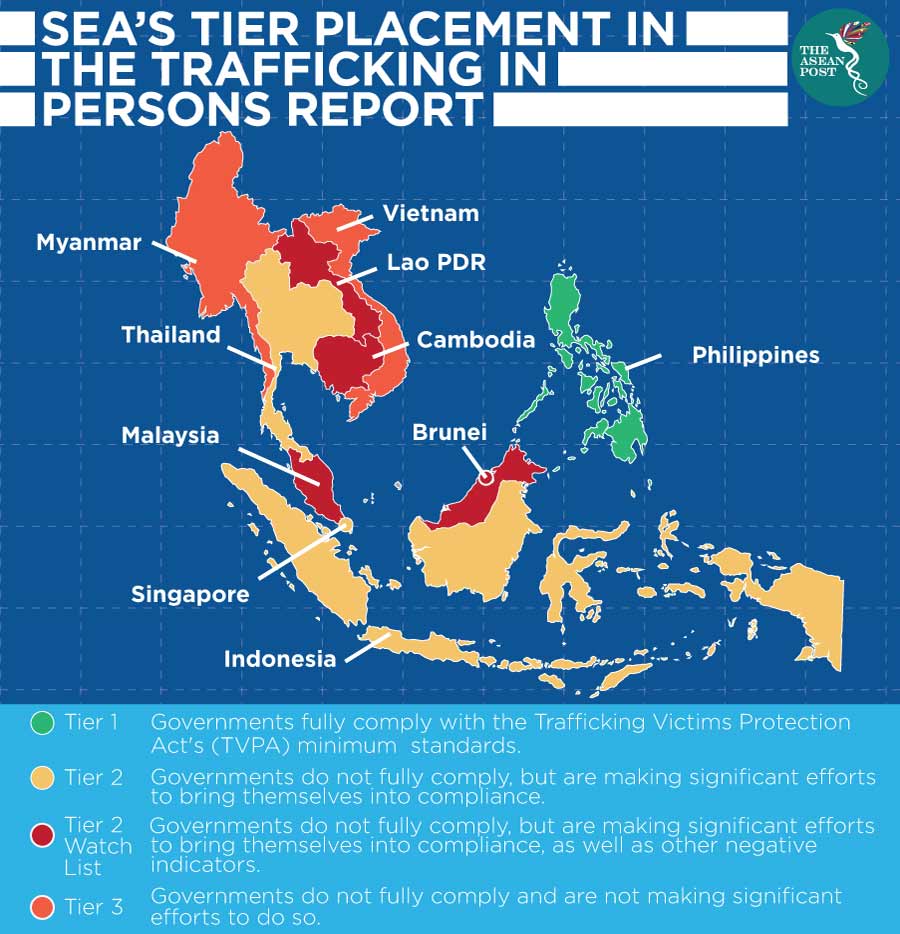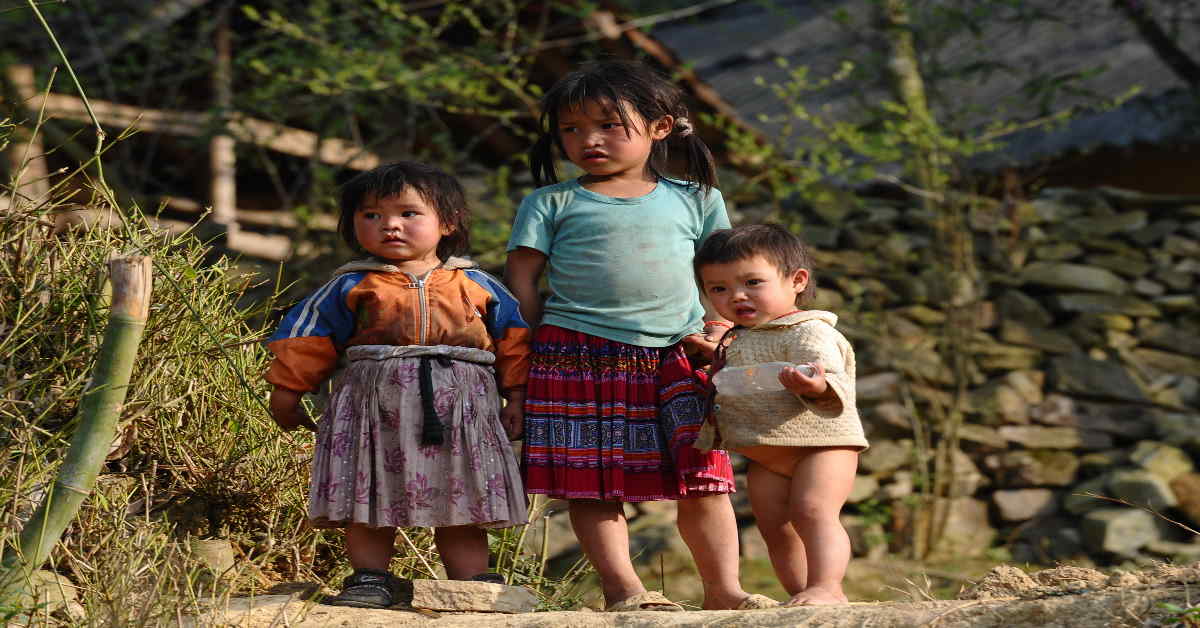The ASEAN Post recently published an article regarding the state of human trafficking in the ASEAN region. In that article, there was a focus on Vietnam due to the recent tragedy involving 39 people who were found dead in a refrigerated trailer in Britain.
While the victims were initially identified as Chinese, it has since been ascertained that at least 20 were, in fact, Vietnamese, and almost all from the same – considered poor – province of Nghe An. This was after the victims’ families came forward saying they feared their relatives were in the ill-fated truck.
Also, the previous article specifically mentions a report titled "Precarious journeys: Mapping vulnerabilities of victims of trafficking from Vietnam to Europe" released in March this year. The report was funded by the United Kingdom (UK) Home Office, while the study was jointly conducted by Anti-Slavery International, Every Child Against Trafficking UK (ECPAT UK) and the Pacific Links Foundation. The report is important because it highlights the fact that among these Vietnamese trafficking victims are many children who get caught in the mess as well.
According to the report, over a period of one and a half years, researchers investigated the issue of human trafficking from Vietnam to the UK and throughout Europe, specifically Poland, the Czech Republic, France and the Netherlands. The latest figures by the National Referral Mechanism, which identifies and protects victims, revealed that more than 3,100 Vietnamese adults and children were identified as victims of trafficking.
The trafficking of children is present in all ASEAN countries, and perhaps throughout most of the world. Nevertheless, due to the recent tragedy involving the 39 victims, this article intends to look specifically at Vietnam.
In Vietnam’s case - as is often the case whenever child trafficking is concerned – poverty is a significant factor in the trafficking of children.
Poverty
According to the study mentioned above, the factors responsible for pushing people towards illegal immigration included poverty and the pressure on young people to improve the economic situation of their families.
"The desire for status afforded by material possessions… drives many Vietnamese people looking for a better quality of life to take risks with labour brokers who are deceitful and may be traffickers, resulting in victims owing huge debts," the report says.

Later, the children end up being controlled by debt owed to their traffickers, who argue for a high price by convincing the victims that they would find them good jobs and pay for their travel from Vietnam. Unfortunately, most of these promised "jobs" do not turn out as expected, and the victims are forced to engage in work under exploitative conditions to pay back their traffickers.
As mentioned earlier, most of the Vietnamese victims found in the tragedy involving 39 trafficking victims came from Nghe An. A recent report by an American daily regarding the tragedy noted that Nghe An, Vietnam’s largest province, comprises tiny farming and fishing communities that have languished in poverty. Most houses there are squat, bare concrete structures with a few small rooms.
Nevertheless, there are exceptions and the report noted that gated villas with security cameras indicate the homes of families with relatives who made it to Europe, found work and sent money back. These structures, and the stories from successful migrant workers, lead others to attempt the perilous journey.
It is also important to note that Vietnam, as a country, already has a problem as far as child labour is concerned, which could contribute to the mentality of “it’s alright to send your children out to work”.
In June, Save the Children released its Global Childhood Report 2019. In a survey involving 176 countries, Vietnam was placed 95th and one of its lowest scores was for the percentage of children (aged five to 17) engaged in labour.
On 14 March 2014, Vietnam’s first National Child Labour Survey was launched in Hanoi. The survey found that 9.6 percent of children in the country are aged between five to 17. That is the equivalent of 1.75 million Vietnamese children – with two in every five of them under 15 years of age – working in situations that fit the definition of child labour adopted by the report.
The report defines child labour as work undertaken by children below the appropriate legal minimum working age set by Vietnam’s national laws and the International Labour Organization’s (ILO’s) guidelines.
Since the report, however, Vietnam has made significant strides to eradicate child labour and it’s only fair to acknowledge this.
According to Save the Children, Vietnam has cut its child labour rate by 67 percent – from 28 percent of children aged five to 14 working in 2000 – to nine percent today. The government has also laid the foundation for effective and sustainable action against child labour by ratifying ILO conventions and has gone through several revisions of national child labour laws to address remaining issues.
On top of that, Vietnam’s successful work in poverty reduction has improved living conditions for many families and this has indirectly resulted in fewer children having to work. The country has invested heavily in education, ensuring high enrolment rates, with a particular emphasis on ethnic minority children and children in remote mountainous areas.
However, if Vietnam intends to eliminate human trafficking, especially among its children, then it must continue addressing the state of poverty of its people. For the children, the country must ensure that awareness is spread that children should be in schools, and not in the fields.
Related articles:
